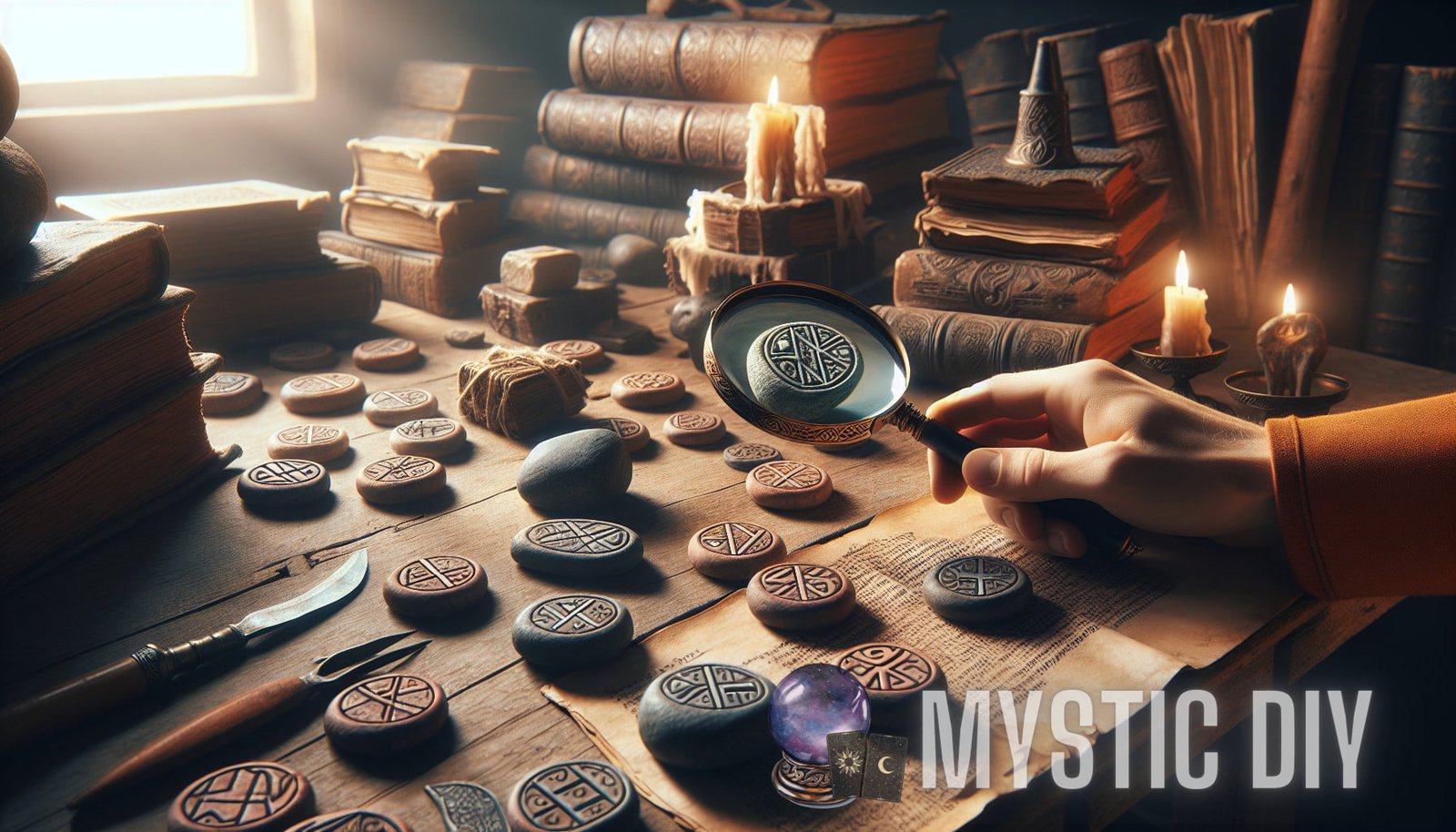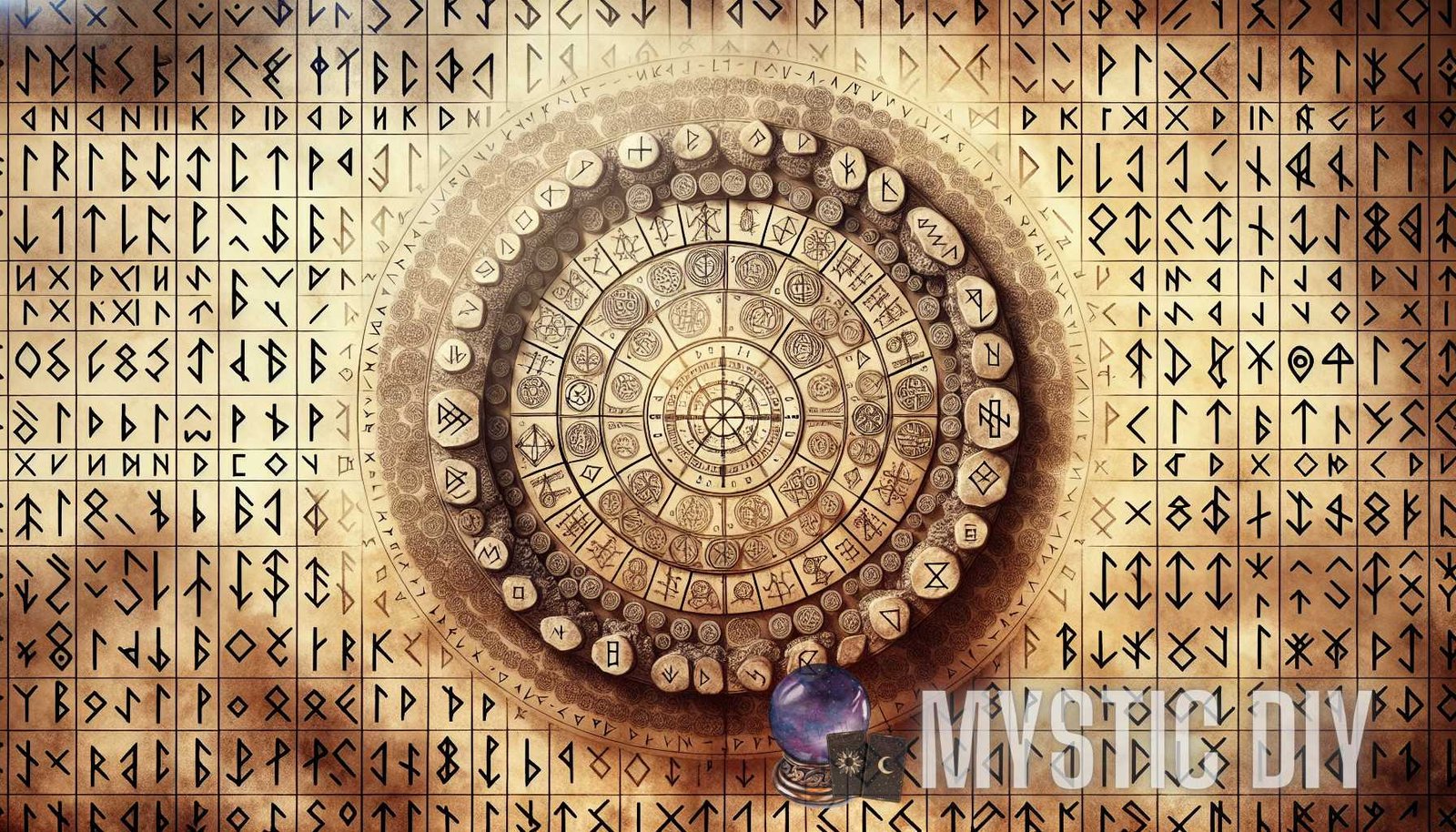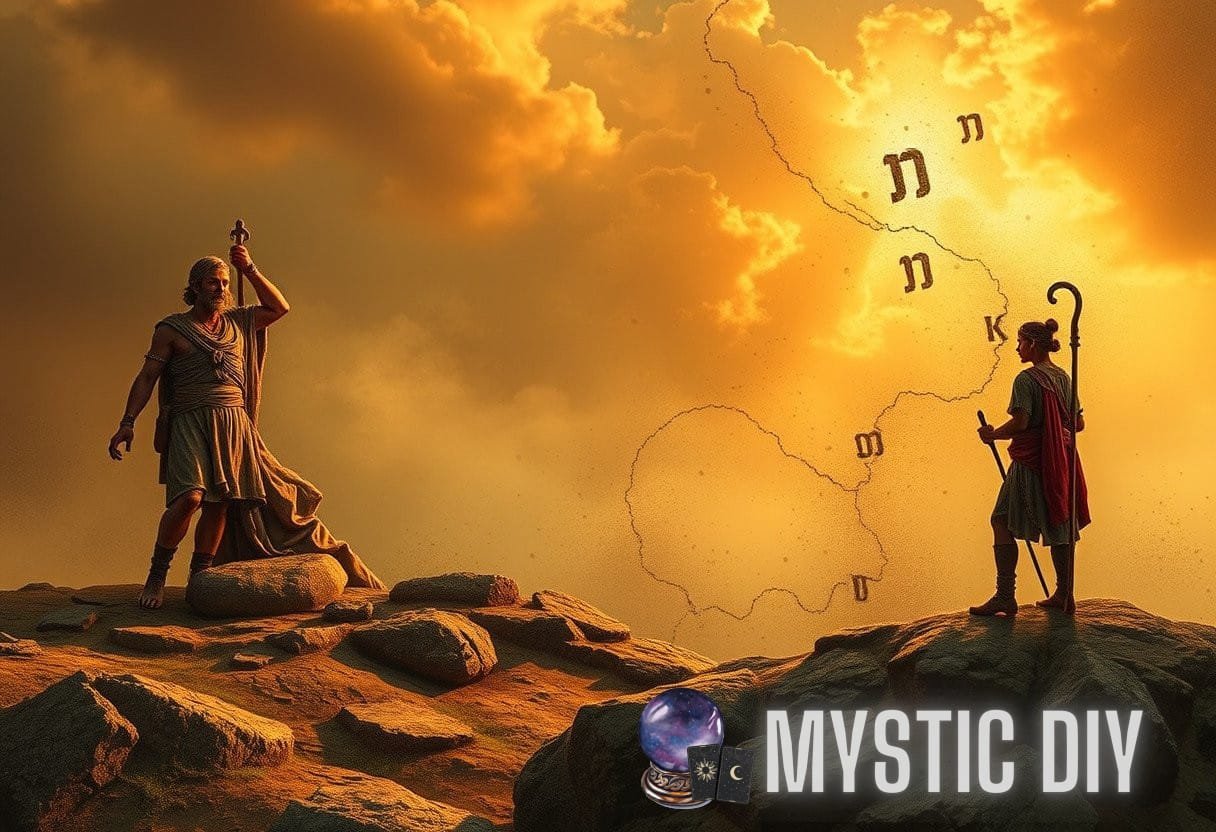Introduction
Runes, the enigmatic and ancient symbols, have captivated minds for centuries. These intriguing characters, which are the oldest known form of written communication in Northern Europe, hold deep cultural and historical significance. The study of runes, known as runology, unveils a window into the past and provides insights into the ancestors who used them. In this article, we will delve into the origins of ancient runes, examine their symbolic power, and explore the different runic alphabets that have emerged throughout history.
The Ancient Origins of Runes
The Germanic Migration Period
The origins of ancient runes can be traced back to the Germanic Migration Period, which took place between the 4th and 6th centuries CE. During this time, Germanic tribes spread across Europe, bringing with them their rich cultural traditions and language systems. The earliest known runic inscriptions date back to this period and are predominantly found in Northern Europe.
Runic Alphabets
The runic alphabets, also known as futharks, are made up of a series of angular characters known as runes. The names of the runes are derived from the sound of the letters they represent. The most well-known runic alphabet is the Elder Futhark, which consists of 24 runes arranged in three groups of eight known as aettir. Each rune has its own distinct shape and phonetic value.
Symbolic Power of Runes
Ancient runes were not just a simple form of written communication; they were imbued with deep symbolism and spiritual significance. Each rune had its own unique meaning and was believed to possess magical qualities. The use of runes in rituals and divination practices was widespread among the Germanic tribes, who believed that the symbols could tap into the cosmic energy of the universe.
The Elder Futhark: A Closer Look
The Elder Futhark, the most ancient runic alphabet, originated around the 2nd century CE. Consisting of 24 runes, it served as the writing system for the Germanic tribes and was used for practical, decorative, and magical purposes. Each rune in the Elder Futhark has a specific name, corresponding sound, and symbolic interpretation. Let us explore some of the key runes in this alphabet:
Ansuz
This rune represents the divine breath of inspiration and wisdom. It is associated with the Norse god Odin, who is often depicted as the god of poetry, runes, and magic. Ansuz is a symbol of divine communication and can inspire deep insight and creativity.
Algiz
Algiz is a powerful rune that represents protection and defense. It resembles a human figure with upraised arms, symbolizing a protective gesture. This rune is often used in warding off negative energy and promoting spiritual growth and self-confidence.
Thurisaz
Thurisaz is the rune of transformation and power. Its angular shape and sharp points represent the forces of change and destruction. This rune can be used to break through obstacles and harness personal strength to overcome challenges.
Ingwaz
Ingwaz is a rune associated with fertility, growth, and new beginnings. It represents the Norse god Ing, who was associated with agriculture and the bountiful harvest. Ingwaz is believed to bring abundance and prosperity, making it a popular rune for those seeking positive change in their lives.
The Younger Futhark: Simplification and Evolution
As the Germanic tribes continued to evolve and migrate, the runic alphabets underwent changes to adapt to new linguistic and cultural influences. The Elder Futhark eventually evolved into the Younger Futhark, which emerged in the 9th century CE. This new alphabet consisted of only 16 runes, making it more streamlined and easier to use.
The Three Runic Rows
The Younger Futhark can be divided into three distinct rows, each associated with different phonetic values and sounds. The first row, known as the Danish or Short-twig runes, consists of six letters. The second row, known as the Swedish-Norwegian or Long-branch runes, includes seven letters. The third row, known as the Icelandic or Stave-less runes, consists of only three letters.

Changes in Pronunciation
The transition from the Elder Futhark to the Younger Futhark also brought about changes in pronunciation. The Younger Futhark runes were primarily used for writing in Old Norse, and as the language evolved, certain sounds and letters became obsolete. This evolution of the runic alphabets reflects the broader changes taking place within the Germanic languages.
The Viking Age and Runes
The Viking Age, which spanned from the late 8th century to the early 11th century, saw a surge in the usage of runes. The Vikings, known for their seafaring prowess and explorations, brought their runic inscriptions to lands as far reaching as England, Scotland, and Iceland. Runic inscriptions from this period can be found on runestones, weapons, and various artifacts.
Interpreting the Runes: Divination and Magic
One of the most fascinating aspects of ancient runes is their use in divination and magic. Runes were believed to hold a deep connection with the spiritual realm and were used to gain insight into the past, present, and future. The practice of runic divination, known as runecasting, involves drawing runes from a bag, casting them onto a surface, and interpreting the patterns and meanings of the chosen runes.
Types of Runecasting
There are different methods of runecasting, each with its own unique approach and interpretation. Here are a few commonly practiced forms:
– Three-Rune Spread: This simple method involves drawing three runes and interpreting their collective meaning. The first rune represents the past, the second the present, and the third the future.
– Five-Rune Spread: In this method, five runes are drawn and arranged in a specific pattern. Each rune represents different aspects of the question or situation at hand, allowing for a more detailed interpretation.
– Celtic Cross Spread: This complex method involves drawing ten runes and arranging them in a cross formation. Each rune represents a specific aspect of the individual’s life, providing a comprehensive analysis of their circumstances.
Magical Properties of Runes
In addition to their divinatory uses, runes were also believed to possess inherent magical properties. Each rune had its own unique energy and could be used in spells and rituals to manifest specific intentions. The use of runes in magic often involved inscribing them on objects, such as talismans or amulets, and channeling their symbolic power.
The Revival of Runes
After centuries of decline, the study and use of runes experienced a revival in the late 19th century. Interest in ancient Norse and Germanic culture, fueled by romanticism and nationalism, led to a renewed fascination with runes. Runology, the academic study of runes, emerged as scholars sought to decipher and understand the ancient inscriptions.
Runic Revival Movements
Parallel to the academic interest, various runic revival movements emerged, often driven by nationalist sentiments. These movements sought to reconnect with the ancestral heritage and tapped into the perceived mysticism and power of the runes. Runes became a symbol of national identity, finding a place in literature, art, and even political movements.
Runic Tattoos and Popular Culture
In recent years, runes have gained popularity as symbols for tattoos and other forms of body art. Their mysterious and visually appealing designs have made them a favored choice for those seeking to express their individuality or affiliation with ancient traditions. However, it is important to approach the use of runes with respect and understanding of their cultural and historical significance.
The Mystery and Intrigue of Ancient Runes
Ancient runes continue to captivate us with their ancient origins, symbolic power, and intricate designs. They offer a glimpse into the past and provide a connection to our ancestors who used these enigmatic symbols. Whether you are drawn to their divinatory aspects, fascinated by the linguistic and cultural history they represent, or simply intrigued by their beauty, the study of ancient runes is a journey into a world of mystery and intrigue.
Unlock the secrets of ancient runes with your own set of DIY runes! Visit Mystic DIY’s guide to creating your own ancient symbols.



